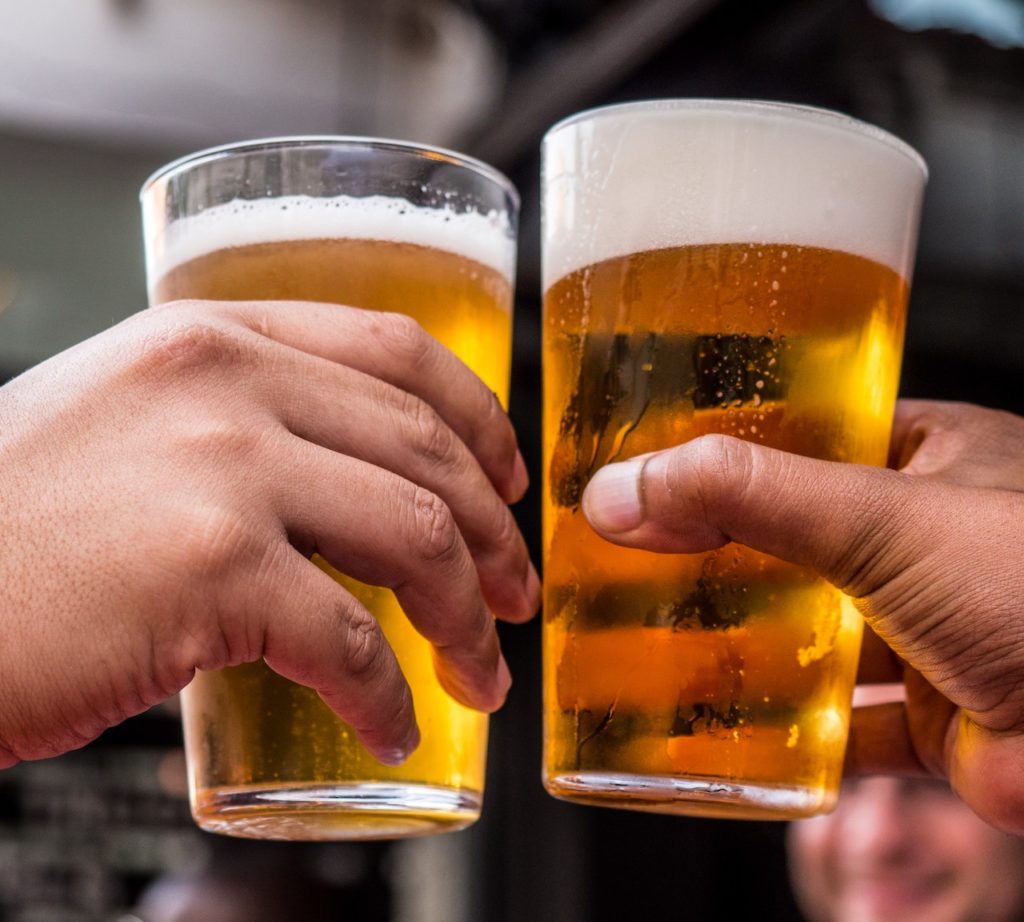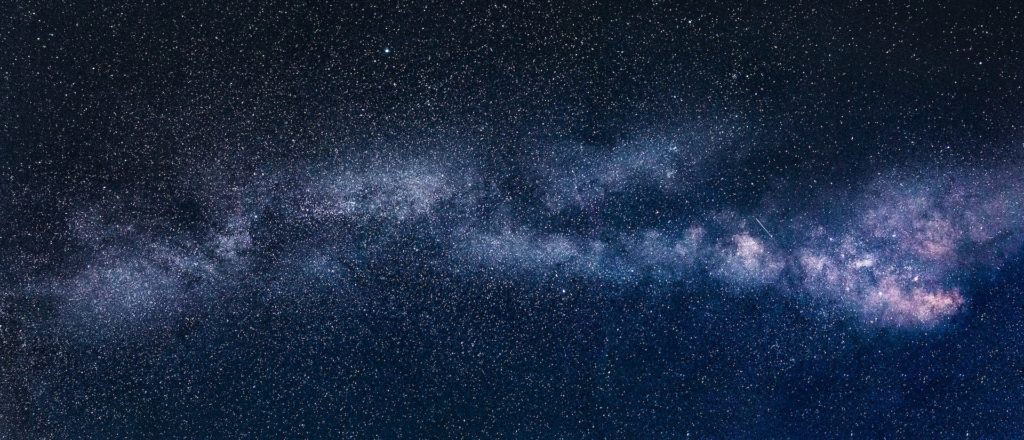
Microplastics are becoming a serious issue. They can be found anywhere, in anything. This list will show you just how widespread microplastics are and all the surprising places you unknowingly inhale and eat them.
1. Microplastics can range in size from invisible/microscopic up to 5mm.
5mm is the size a pencil eraser, but microplastics can get so small they can be hard to see even with a microscope.
2. Microplastics have been found in human placentas.
They have been found on both the baby side and the parent side. That means we’re all exposed to plastic pollution before we even have fully developed hearts and brains.

3. Bottled water can have up to 10 microplastics per liter on average.
Hopefully you aren’t getting your daily water intake from plastic water bottles. If you are, you might want to switch it out for a Klean Kanteen instead.
4. Your brain can recognize microplastics as an external threat.
The study below found that certain cells from the brain act as if microplastics are invaders. Those brains cells basically commit cell suicide which is usually done to protect other cells from invasion. That means plastic can literally kill your brain cells.
5. Microfiber and microplastic pollution affects fish at all depths of the ocean.
Researchers have found microplastics in fish ranging from surface swimmers to deep dwellers. Ocean depth doesn’t seem to matter when it comes to microplastic contamination in our sea life and seafood.

6. Babies have more microplastics in their poop than adults do.
If you didn’t know you had plastic in your poop, then surprise! This is one areas babies have us beat. That’s alarming because it means they’re ingesting more plastic particles than we are.
7. Ingesting fish that are contaminated with microplastics can transfer the microplastics to the human consumer.
8. Crops can absorb microplastics through soil and water.
Fruits and vegetables aren’t safe from microplastic contamination. This study found that plants can and are absorbing microplastics and they’re making their way into the parts we eat.
9. Microplastics can disrupt your endocrine system.
Your endocrine system is responsible for producing the hormones in your body. Certain chemicals from plastic can disrupt that system, for example BPA. It turns out that microplastics can have a similar impact.

10. Tires are a major contributor to microplastics in outdoor air.
11. Microplastics have been found in honey.
Because there are microplastics in the air and in plants, it makes sense that not even the bees are safe from our plastic pollution.
12. “...the average household in Canada and the U.S. releases 533 million microfibers – or 135 g – from laundry into the wastewater treatment system every year.”
One way you can help reduce this number is by installing a microfiber filter. They get attached to the water removal line on your washing machine and filter out any microfibers.

13. A typical shower exfoliator gel can have as much plastic in its formula as the packaging it comes in.
Exfoliator gels sometimes use beads made of plastic, called microbeads, as the main exfoliant. These were largely banned in the U.S. around 2015 but many companies still use them.
14. The U.S. produced almost 5 times more plastic waste in 2016 than in 2010.
Plastic use is on the rise, and recent global events did not help that. Easy ways to avoid creating microfibers include buying natural fiber clothes, sticking to metal reusables, and using a microfiber filter.
15. The average person can ingest between 74,000 and 121,000 microplastic particles per year.
16. Bottled water might have almost twice as much microplastic contamination compared to tap water.
So why pay more for bottled water when it’s just tap water with more plastic in it?
17. The U.S. has one of the largest contributions to global microplastics in the world.

18. Top load washers produce more microfibers and microplastics than front load washers.
Agitators lead to more friction and that can result in more fiber shedding. Avoiding agitators and using front-loading washers when possible will help you reduce microfiber shedding in your laundry.
19. Microplastics have been found in the brains of mice and can be deposited in brain cells over a relatively short time.
That’s important because it means microplastics can make their way past our brains defenses and into our brain tissues, which isn’t an easy thing to do.

20. Microplastics can hitch a ride into the atmosphere through seawater mist.
As if it wasn’t bad enough that they litter our oceans, they can make it into the air simply because there are waves in the ocean too.
21. You could be inhaling up to 7,000 microplastics in your home, per day.
That’s a lot! Those inhaled particles can come from any number of things like synthetic fiber carpeting, plastic containers, and synthetic fiber bedding.

22. Microplastics can regularly be found in beer.
Saturdays aren’t just for the boys anymore, it’s also for that broken down plastic bag someone used fifteen years ago.
23. About 6kg out of 20kg of household dust is estimated to be microplastics.
That’s a little more than 1/4. Next time you clean the floors, stare at a dust bunny, or wipe off your blinds, mentally slice off a quarter of the dust and that is how much of the dust is pure plastic.
24. One study found that apples may be the most microplastic contaminated fruit, and carrots the most contaminated vegetable.
Sadly, fruits and vegetables aren’t safe from plastic pollution. I’d recommend checking out the article below if you want to see what foods they tested and the results. It’s a challenging but interesting read.
25. Microplastics can be found near the summit of Mount Everest.
Not even the highest point on earth is immune to plastic pollution. Researchers believe a lot of the contamination comes from climbers but some of it also comes from the atmosphere.
26. Mammals can absorb microplastics into their blood.
Microplastics make their way into your gut through food and water. They get absorbed by your digestive system and enter the bloodstream. That is not good news for the endocrine system and our brain cells.
27. Tap water from one study had about 5 microplastics per liter on average.
5 might sound like a lot, but it pales in comparison to the 10 microplastics per liter of water in water bottles.
28. One study found that while cats and dogs are ingesting microplastics through their food, they ingest more from non-food sources in their environment.
Just like babies, our fur babies spend a lot of time licking things, smelling things, and on the floor. That’s where a lot of microplastics can be inhaled or ingested.
29. Children’s toys are a serious contributor to microplastics in babies.
Children’s toys are often made with plastic. Flexible and squishy plastic toys can be even worse than rigid ones, but they all shed significant amounts of microplastics.

30. There are more microplastic particles in our oceans than there are stars in our galaxy.
I’m wrapping up this list with a strong visual. There are approximately 100 billion stars in our galaxy. To think about it in another way, 100 billion minutes is equal to 190,258 years.
Microplastics are a growing problem. If you find this content useful and would like to learn more about living sustainably, plastic free products, and more, please subscribe to my newsletter. You can do that here!
If you’re interested in reading more about microplastics, how they’re created, and how they work, read this article.
Sustainably is supported by readers like you. When you buy through links on this site, we may earn an affiliate commission at no additional cost to you. You can read more about affiliate links on our “Affiliate Marketing…” page.